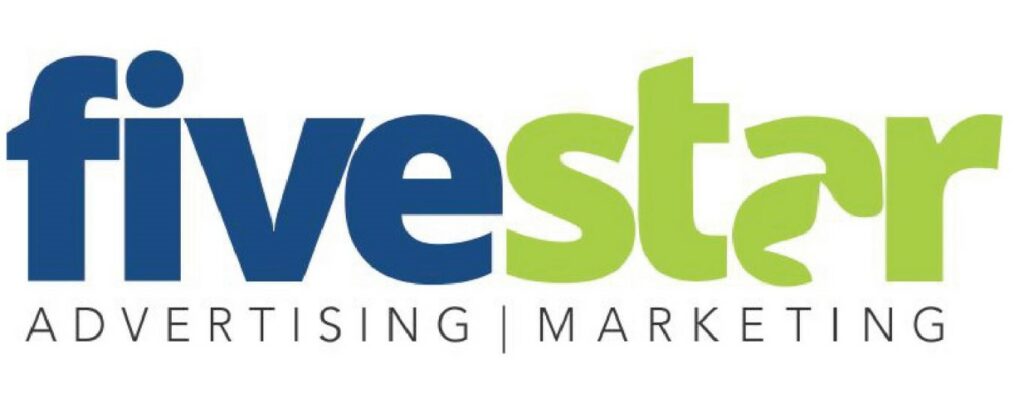The Covid-19 Pandemic has changed the way we live our lives and certainly the Non- Profit community is no different. Many Non-Profits have had to adapt to a new way of communicating with their employees, as they have had to convert at least some of their workforce to remote schedules. This has also had an impact on how employee benefits are being communicated, and the benefits Non-Profits are providing to their employees. Over the past year we have had many conversations with our clients and partners. Here is some of what we are seeing and the trends we expect to continue.
Increased Focus on Employee Education
Employee education is a vital component to any employee benefit strategy. Benefits have become increasingly more complex and more of an important part of employment. We are seeing a continually growing sentiment by Non-Profits who feel it is their responsibility to ensure employees have a good understanding of the benefits they offer including initiatives that assist in their well-being. In the past most employee open enrollment communications consisted of group meetings, literature, Q & A, and a very reactive approach to employee education assistance. Although effective to a degree, the information provided was typically general in nature and therefore did not take each specific employee’s needs into consideration. As a result, we have found that some employees may have made elections without ensuring suitability. In addition, many employees waived important benefits such as Life Insurance and Short-Term Disability often because they did not understand how they worked. One study done by the Employee Benefits Research Institute showed that 80% of all employees surveyed would be at least somewhat likely to take advantage of an advisor service that recommends benefits based on their own household situation. More employers are working with broker partners that offer 1 on 1 employee consultations as part of their service model. This method creates a more customized approach to communicating employee benefit plans. Employees that receive personal advice typically select plans most suitable to their own needs. This approach helps reduce costs and risk for employers and employees. One example of this is evident in the employee participation of HSA qualified high deductible plans. Most employers offer at least one of these plans in their benefit menus. However, on average we find that only 10-15% of employees elect an HSA plan. We feel this is largely due to a lack in understanding of how they work. Our experience has provided evidence that this percentage increases when employees meet with one of our Education Specialists.
CASE STUDY: During a recent Open Enrollment we provided a team of experienced Benefit Education Specialists for our client which has 1600 employees. The Employer saw the value in providing 1 on 1 education and made this the sole method of collecting benefit elections and waivers. As a result, 97% of employees met with an Education
Specialist and approximately 40% of those employees selected an HSA plan, almost 4 times the average enrollment. This offers further proof that educated employees make prudent benefit elections which improves satisfaction. This is a trend we expect to continue and grow more towards the preferred method of benefit communication.
Growing Emphasis On Employee Well Being
According to a USI Survey 56.6% of Non-Profits incentivize or intend to incentivize employees to participate in Wellness Initiatives. One thing we may have learned from the Covid-19 Pandemic is that there is an education gap contributing to co-morbidities in our country. Seven in ten employees surveyed felt they needed their employer’s help to make sure they are healthy and financially secure. Sixty Two percent said it is their employer’s responsibility to do so. In the past many employers viewed wellness programs as a way to possibly reduce health insurance costs. They looked for immediate return on investment which can be very difficult to measure. Now more than ever employers look toward wellness programs to help employees live healthier lifestyles. Wellness programs have evolved from Flu Shots and Health Risk Assessments.
Today wellness programs may include flexible work schedules, dress down days, or education on stress reduction. Many employers are initiating team building exercises such as group Yoga and Guided Meditation. Insurance carriers have also made a concerted effort to improve on their included wellness benefits. Many plans now include Telehealth, Gym reimbursements, EAP programs and reward-based initiatives. For larger employers, insurance carriers may even provide wellness dollars to fund some of their own programs. In the past we have found that these benefits would go unnoticed by employers and employees therefore underutilized. Now more employers are requiring that these services be included in their plan designs and communicated to employees. Financial wellness also plays an important role in this trend. Financial difficulties can be a major source of stress in the workplace and can lead to less productive employees. Employers are now providing services such complementary financial assessments, education on debt reduction, and assistance for first time home buyers. We expect these types of wellness initiatives to grow in popularity and viewed as an important part of Employment.
Rise in Employee Assistance Program Inquiries
The past year has tried the patience of just about everyone. Non-Profit are expressing their concerns about stress which may be afflicting their employees. The number of inquiries we have received this year regarding EAP programs has escalated dramatically. A growing number of employers are asking us to place emphasis on the availability of EAP during meetings with their employee’s. EAP’s offer resources to support employees on a myriad of issues including Anxiety, Depression, Fear, Isolation, Stress, and Elder Care. Employers may purchase these services directly, but sometimes times can find them included with their Health Insurance, Life Insurance, or Disability programs. EAP’s offer a valuable outlet for employees however most of the time they are utilized when the employee is already experiencing challenges. Many employers are now investing in programs that are more proactive in nature. Education programs on mental well- being and stress reduction are gaining popularity in the workplace.
This proactive approach assists employees with how to recognize the warning signs of stress and how stress can lead to chronic conditions. Sessions can be delivered as Lunch and Learns, Zoom conferences, or video’s that employees can view on their own time. This is not replacing the need for Employee Assistance Programs. However, we are finding that employers are implementing a combination of the two to create a healthier long-term outcome for employees.
Technology
As our society continues to evolve technologically more employees than ever before select their benefits online through an employer provided portal or on their mobile device. The Covid-19 crisis accelerated this pace as more employers are using technology to offer benefits. The trend in remote working should continue to grow in the non-profit sector and employees will be electing benefits from their homes in many cases. Employers will find a greater need for benefits administration systems that provide online and mobile access. Good benefits administration technology is the key to efficient management of enrollment, billing, and internal carrier data requirements.
Solutions can vary considerably in price, capabilities, and useful application across various employer workforce scenarios. Contemporary features include plan decision support tools with Artificial Intelligence, recorded presentations, educational videos, mobile phone apps and a connection to claims support services. Paying for these services can be possible with technology credits from certain insurance carriers.
Designed to abide by state rebating laws, technology credits provide support for implementation fees and the ongoing costs of a benefits administration systems. These are often only available at benefits renewal, especially when changing carriers and can range from $.20 PEPM to $2.50 PEPM. Non-Profits should discuss technology opportunities and integration features with their Broker Partners, and Payroll Companies to find the best solutions.
Telehealth
Telemedicine has been an increasingly offered and utilized benefit in recent years. The need was greatly accelerated at the beginning of the Pandemic when physicians were unable to see patients. Many people turned to Telehealth when they were sick being unsure of what to do. As a result, more people utilized some form of telehealth than ever before and received a crash course on how they work. We believe that Telehealth will continue to grow as a vital component in the healthcare delivery system. The Pandemic has changed the patterns of people and those once resistant to technology are now shopping, working, and even exercising remotely. Many patients have realized they can address routine matters with doctors telephonically just as well as in person. Several insurance carriers have added Telehealth to their health plans and incentivize employees to use them without any cost associated. Some even offer mobile aps that facilitate web conferences with MD’s. During appointments physicians are able to make a diagnosis, and even prescribe medicine if necessary. Employers will also continue view Telehealth is a great tool to drive down plan costs by steering employees away from costly Emergency Room visits. We expect to see this trend grow in mental health services as well. Often, mental health providers can be difficult to coordinate with insurance and many providers do not accept insurance which can make care very costly. As the societal emphasis on well-being continues to grow expect to see more and more insurance carriers and employers offering mental health services via Telehealth, allowing for greater access to employees. One thing for certain is that Telehealth is here to stay.
Sources:
1. 2020 Employee Benefit Research Institute Wellness Survey
2. USI 2020 Non-Profit Benchmark Report





